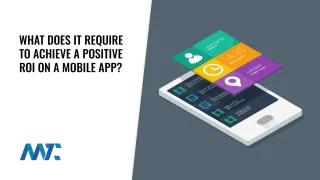CPP
CPP is the Acronym for Custom Product Pages

A specialized version of a product’s page in the Apple App Store that allows app developers and marketers to create multiple tailored landing experiences for different audience segments. Unlike the default product page, which serves as the standard storefront for all users, CPPs can be customized with unique screenshots, promotional text, and app previews to better align with specific campaigns, ad groups, or user interests.
Apple introduced Custom Product Pages to give marketers more flexibility in App Store Optimization (ASO) and user acquisition strategies. Each CPP can be tied to a unique URL, allowing you to direct traffic from paid campaigns, influencer promotions, or social media ads to a page that resonates directly with the target audience.
Why Custom Product Pages Matter
Custom Product Pages enable app publishers to increase relevance, conversion rates, and return on ad spend. By presenting visuals and messaging that resonate with the audience’s intent, users are more likely to download and engage with the app. For example, a fitness app might design two CPPs, one showcasing weightlifting features for gym enthusiasts and another highlighting yoga routines for wellness-focused audiences.
This level of personalization empowers developers to align App Store experiences with broader marketing initiatives, ensuring consistency between ad creative and the landing page users see.
Features of Custom Product Pages
- Unique URLs: Each CPP generates a shareable link, allowing direct association with ad campaigns and measurable performance tracking.
- Creative Flexibility: Developers can design up to 35 custom pages, each with distinct screenshots, app previews, and promotional copy.
- Analytics Integration: Apple provides reporting tools in App Analytics to measure impressions, downloads, and conversion rates for each CPP.
- Campaign Alignment: CPPs help maintain message match between ad creative and App Store experience, reducing friction in the user journey.
Custom Product Page Applications in Marketing
Marketers use CPPs across various channels to maximize campaign impact. Examples include:
- Paid Search Ads: Directing users searching for specific features (e.g., “meal planner app”) to a CPP highlighting that exact functionality.
- Social Media Campaigns: Aligning lifestyle imagery from ads with matching screenshots on the CPP.
- Influencer Partnerships: Giving influencers a custom link to promote a tailored product page showcasing relevant app benefits to their audience.
While CPPs provide significant benefits, they also require ongoing testing and optimization. Designing and managing multiple product pages can be resource-intensive, especially when the creative content requires frequent updates. It’s also critical to ensure that the messaging remains consistent and does not mislead users, as Apple maintains strict App Store Review Guidelines.
Custom Product Pages are a game-changing addition to the App Store, allowing for precise targeting, creative personalization, and measurable campaign results. By leveraging CPPs strategically, app developers and marketers can improve user acquisition efficiency, deliver more relevant user experiences, and gain a competitive edge in the crowded app marketplace.
Additional Acronyms for CPP
- CPP - Cost Per Point



